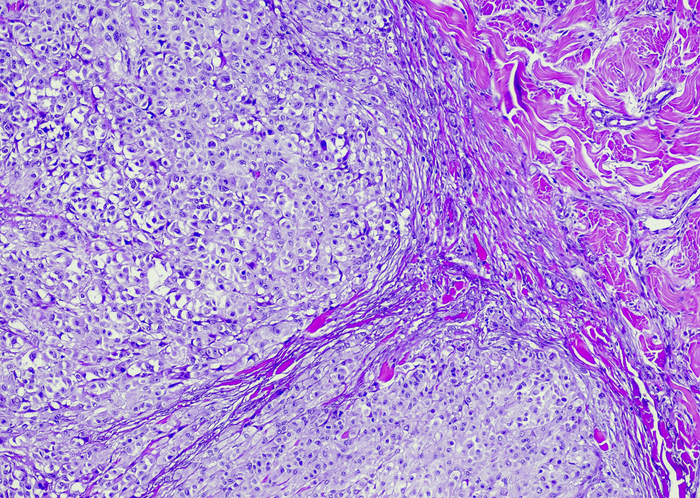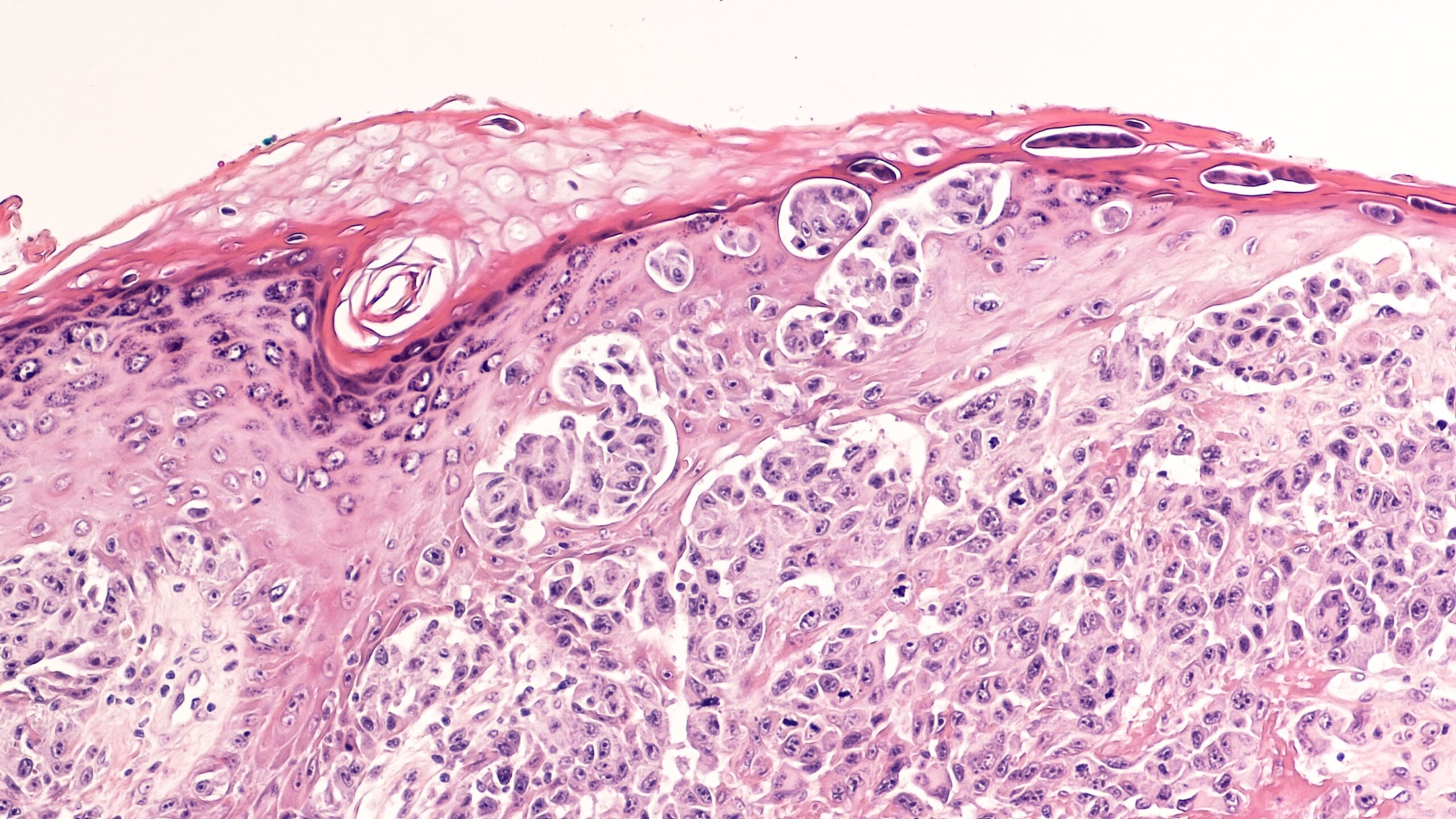
A recent study found a connection between total serum calcium levels and developing melanoma. The findings were published in Frontiers in Nutrition.
Melanoma stands as the fourth leading cause of cancer-related death worldwide. “The continuous exploration and reporting of risk factors of melanoma is important for standardizing and reducing the incidence of the disease. Calcium signaling is a promising therapeutic target for melanoma; however, the relationship between total serum calcium levels and melanoma development remains unclear,” the researchers noted.
This analysis consisted of 13,432 patients with melanoma from the National Health and Nutrition Examination Survey (NHANES) database from 2003 to 2006 and from 2009 to 2016. At baseline, the population of interest was analyzed for clinical characteristics using the chi-square and rank-sum tests. Subsequently, the investigators developed a model to assess evaluate the relationship between total serum calcium levels and melanoma development. The performance of total serum calcium levels and covariates in predicting the risk of melanoma was assessed based on ROC curves. Finally, LASSO regression analysis was performed using the “glmnet” R package to identify clinical characteristics associated with melanoma.
The study findings revealed that race, household poverty-to-income ratio, response of the skin to sunlight after a certain period of non-exposure, wearing long-sleeved shirts, frequency of sunscreen use, and arthritis were all notably linked with the development of melanoma. The p-values of total serum calcium levels in three fitted models were < 0.05, and the OR values were < 1. The findings of ROC curves showed that the AUC values of models 2 and 3 were 0.728 and 0.766, respectively, suggesting that the combination of total serum calcium levels and covariates showed better performance in predicting the occurrence of melanoma, the researchers noted.
“This study revealed a relationship between total serum calcium levels and melanoma development. Total serum calcium levels combined with phenotypic and clinical characteristics were found to be more effective in predicting the occurrence of melanoma. Therefore, the relationship between total serum calcium levels and melanoma development warrants further investigation in prospective cohort studies,” the researchers concluded.







 © 2025 Mashup Media, LLC, a Formedics Property. All Rights Reserved.
© 2025 Mashup Media, LLC, a Formedics Property. All Rights Reserved.